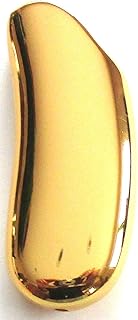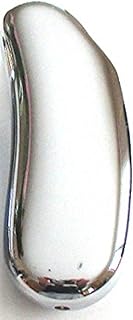1. The Fuel:
* Butane: BIC lighters primarily use butane as their fuel. Butane is a hydrocarbon, and when it burns, it reacts with oxygen in the air to produce carbon dioxide, water, and energy (heat and light).
* Additives: The butane in BIC lighters often includes additives like propane and isobutane, which influence the flame color.
2. The Combustion Process:
* Complete Combustion: The blue flame is a sign of *complete combustion*, meaning the butane molecules are reacting fully with oxygen. This produces a very hot and clean flame.
* Incomplete Combustion: If the combustion is not complete (less oxygen available), the flame becomes yellow or orange. This is because the fuel doesn't burn completely, and tiny carbon particles are released, which glow in the yellow-orange spectrum.
3. The Lighter Design:
* Vent Holes: BIC lighters have small vent holes that allow air to mix with the butane gas, creating a precise and controlled mixture for combustion.
* Flame Height: The small size of the flame in a BIC lighter contributes to its blue color. This is because the flames are contained within a smaller space, allowing for more complete combustion.
Why is the flame blue?
* Energy Levels: When the fuel burns completely, the molecules emit light at various wavelengths. The blue color is produced by high-energy photons emitted during the transition of electrons within the excited molecules.
* Lack of Carbon Particles: Unlike yellow flames where carbon particles glow, a blue flame indicates the complete absence of these particles.
In Conclusion:
The blue flame of a BIC lighter is a result of a carefully engineered blend of butane, additives, and the design of the lighter itself, all contributing to the complete combustion of fuel, producing a clean and hot blue flame.


